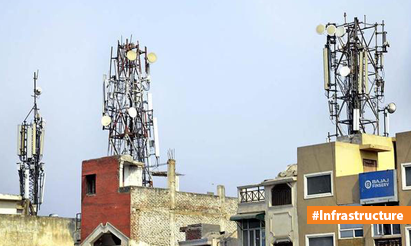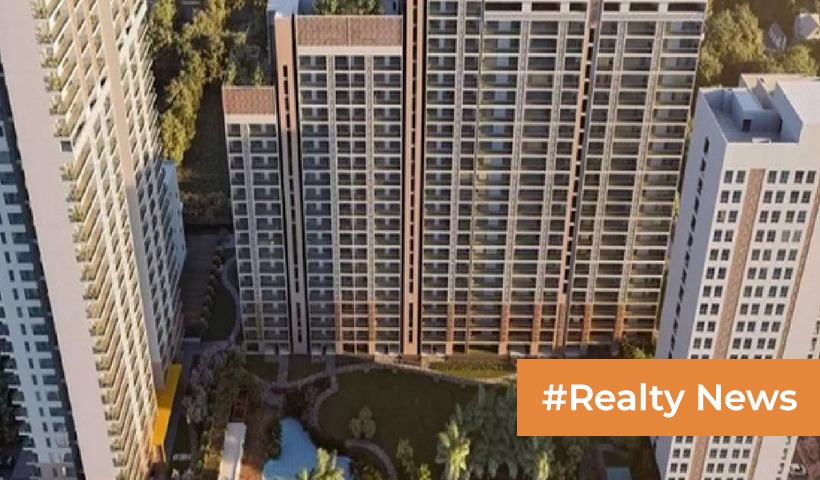Konkani Houses: A Cultural Heritage That Endures the Test of Time!
Konkani houses are a unique representation of the traditional architecture of the Konkan region located in the western coastal areas of India. These houses have evolved over time and are a blend of traditional Konkani and Portuguese architectural styles.
The typical Konkani house is designed to withstand the tropical climate and heavy rainfall that is prevalent in the region. The houses are constructed with thick laterite stone walls that provide insulation from the heat and are also able to withstand the heavy monsoon rains.
The houses are usually designed with a central courtyard, known as an ‘angan’ in Konkani. The angan is a multi-functional space and is used for various purposes such as drying clothes, storing pots and pans, and as a play area for children. The angan also provides natural light and ventilation to the house.
The front entrance of the house usually leads directly to the angan. From the angan, one can access different parts of the house, such as the living room, bedrooms, and kitchen. The living room or ‘sala’ in Konkani, is usually located at the front of the house and is the largest room in the house. It is used for entertaining guests and for family gatherings.
The kitchen or ‘poyi’ in Konkani, is usually located towards the back of the house and is designed to be well-ventilated to allow smoke from cooking to escape. The kitchen typically has a large hearth, where wood or coal is burned to cook food.
The bedrooms or ‘kutumba’ in Konkani, are located on either side of the living room. The bedrooms usually have large windows and wooden shutters that can be opened to let in natural light and ventilation. The beds are usually made of wood and are decorated with intricate carvings.
The roofs of Konkani houses are usually made of terracotta tiles or thatch. The thatch roof is made of coconut or palm leaves and is preferred in rural areas due to its low cost and easy availability. The terracotta tiles, on the other hand, are more expensive but are more durable and provide better insulation.
In conclusion, a typical Konkani house is a beautiful representation of traditional architecture and design. It is designed to be functional, sustainable, and to withstand the harsh weather conditions prevalent in the Konkan region. The central courtyard, or angan, serves as the heart of the house and connects all the different parts of the house in a spatial narrative that is unique to Konkani architecture. If you’re inspired by such unique and traditional designs, consider exploring options to buy property in Mumbai, where you can find a blend of modern and traditional architectural styles to suit your taste.
Disclaimer: The views expressed above are for informational purposes only based on industry reports and related news stories. PropertyPistol does not guarantee the accuracy, completeness, or reliability of the information and shall not be held responsible for any action taken based on the published information.




